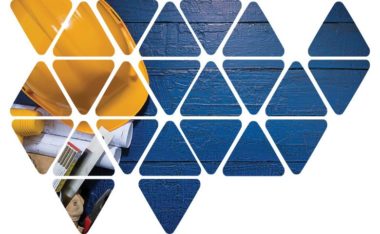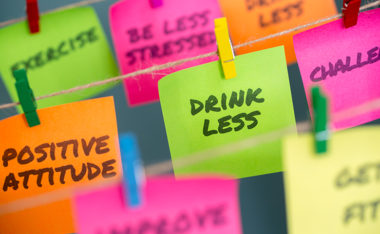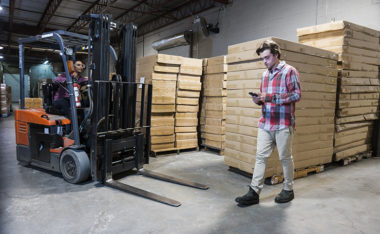Habits

Habits make up almost half of human behavior.
But it's important to note that there are good habits and bad habits. When it comes to safety, you'll want to be sure you reform old habits or make new ones that stick. Did you know:
- Habits can make people function like they're on autopilot?
- When you become complacent to risks, your habits will automatically kick in (good or bad)?
- You can work on your habits to get rid of bad habits?
- There are ways to work on habits individually or in a group?
Download our free guides for employees and leaders and read articles to learn how to effectively manage habits in your organization.
Guides
How To Make Habits Stick
Most of what we do every day is habitual, so learning how to change or form new habits can be a game-changer in safety. Use this guide to help your employees learn how to do it effectively.
Helping Others Build New Habits
When it comes to helping others build better habits, you need to look beyond your own personal motivators to help them effect change. Use this guide to help your employees learn how to stay on the right path.






